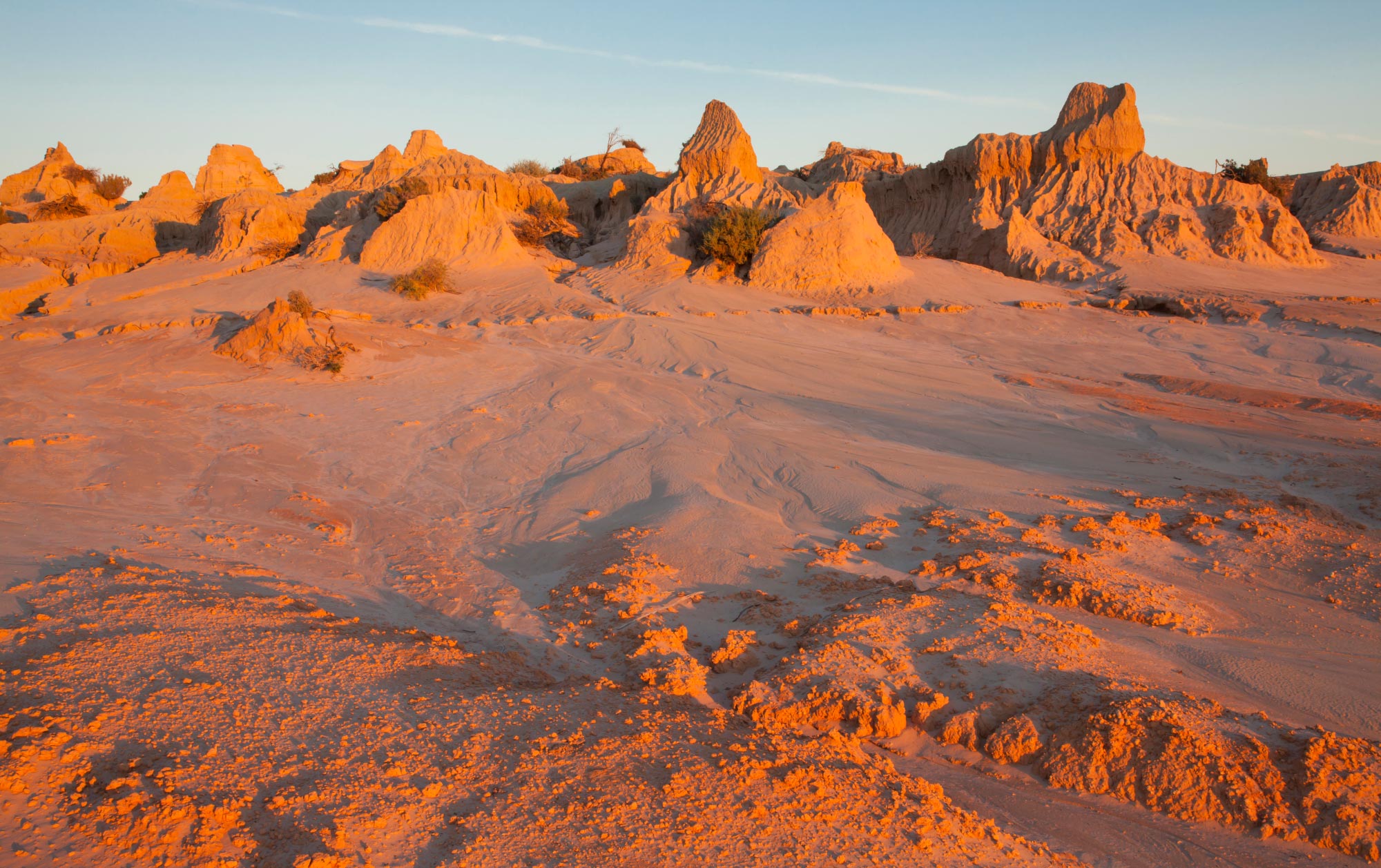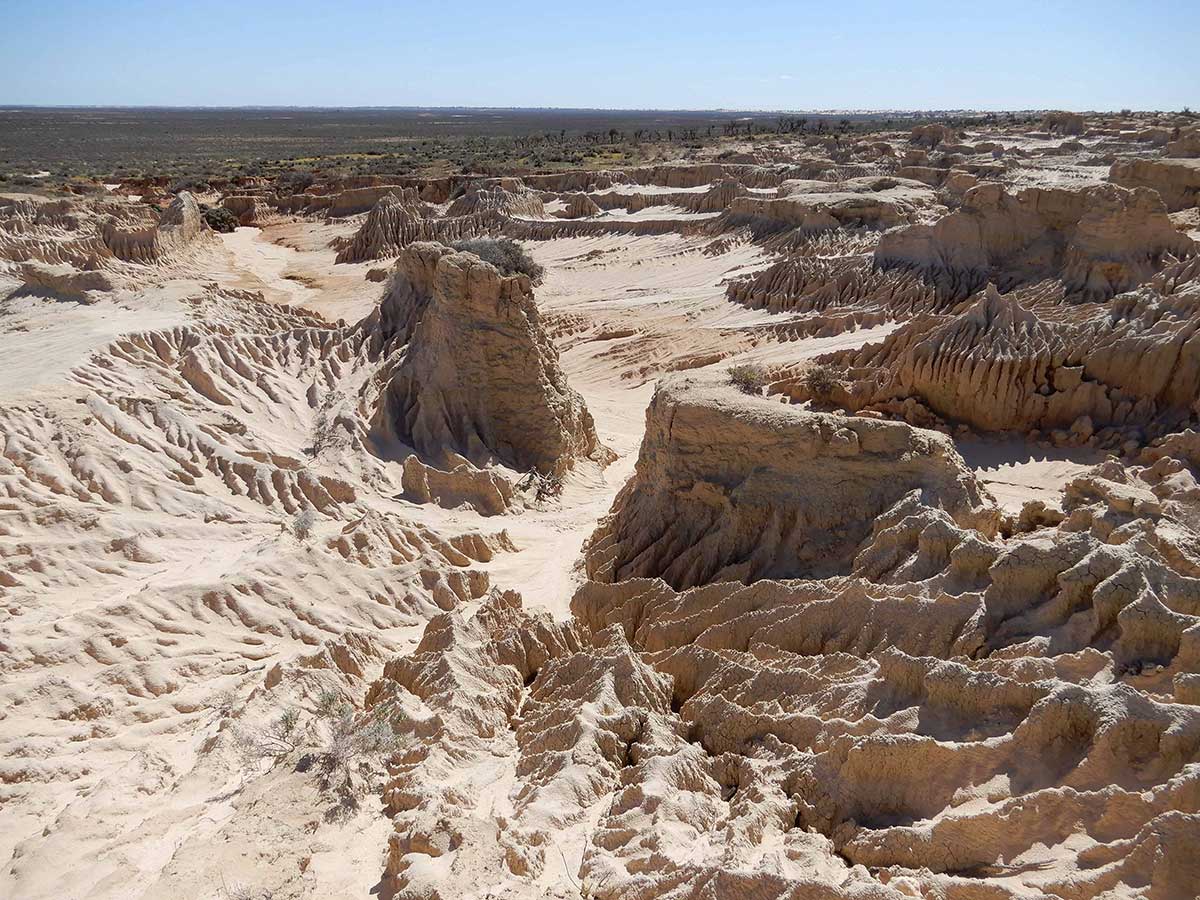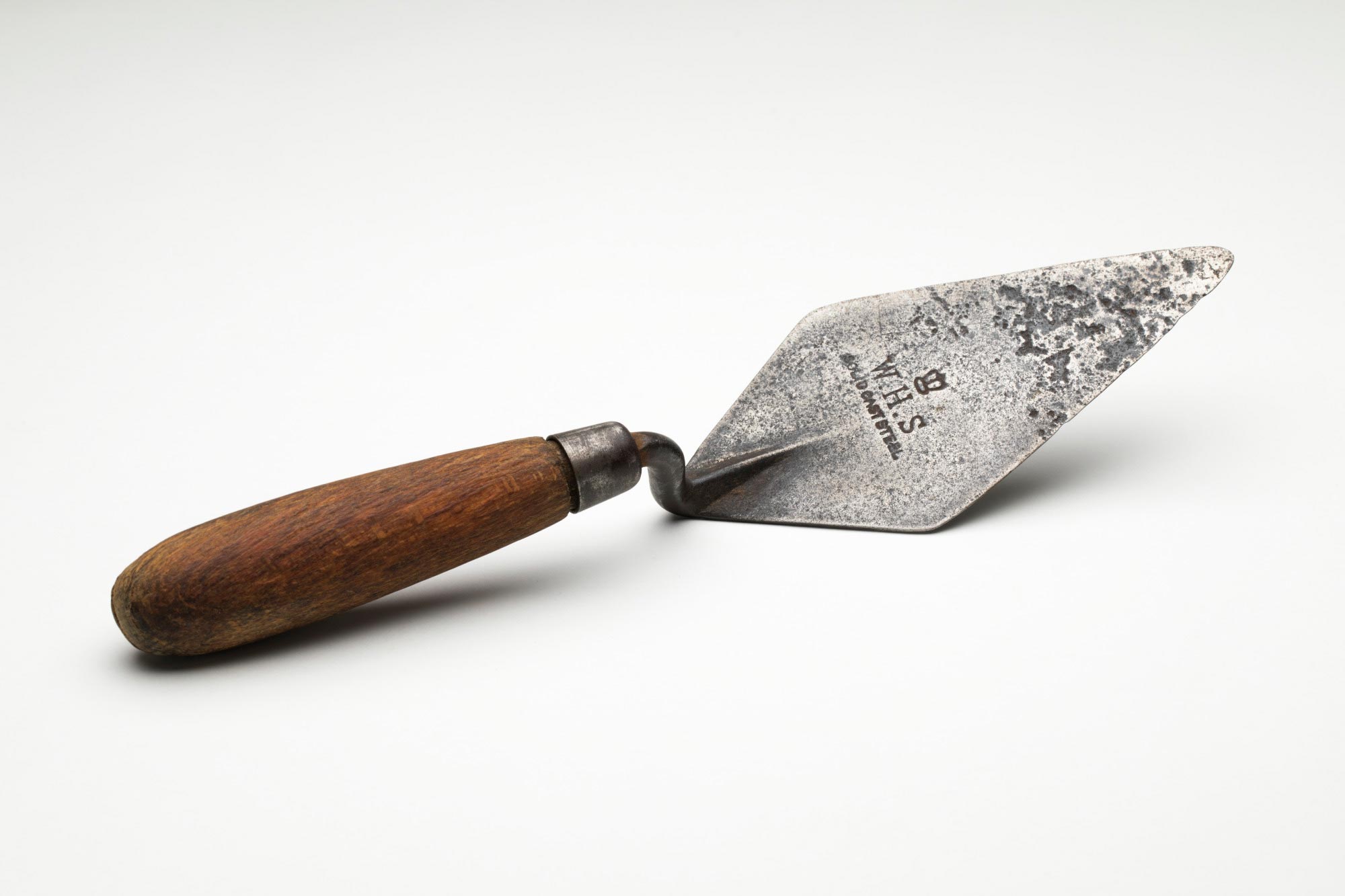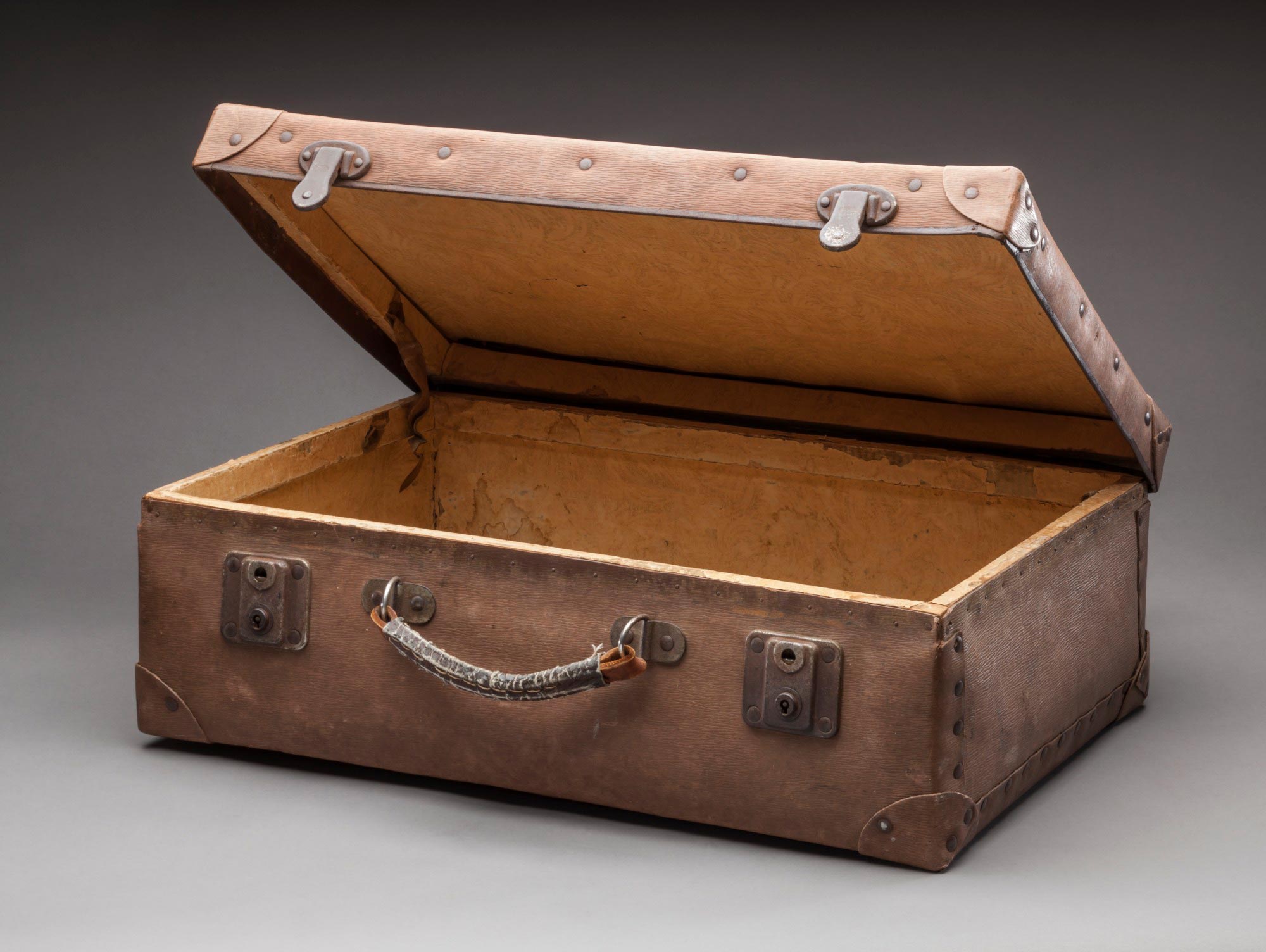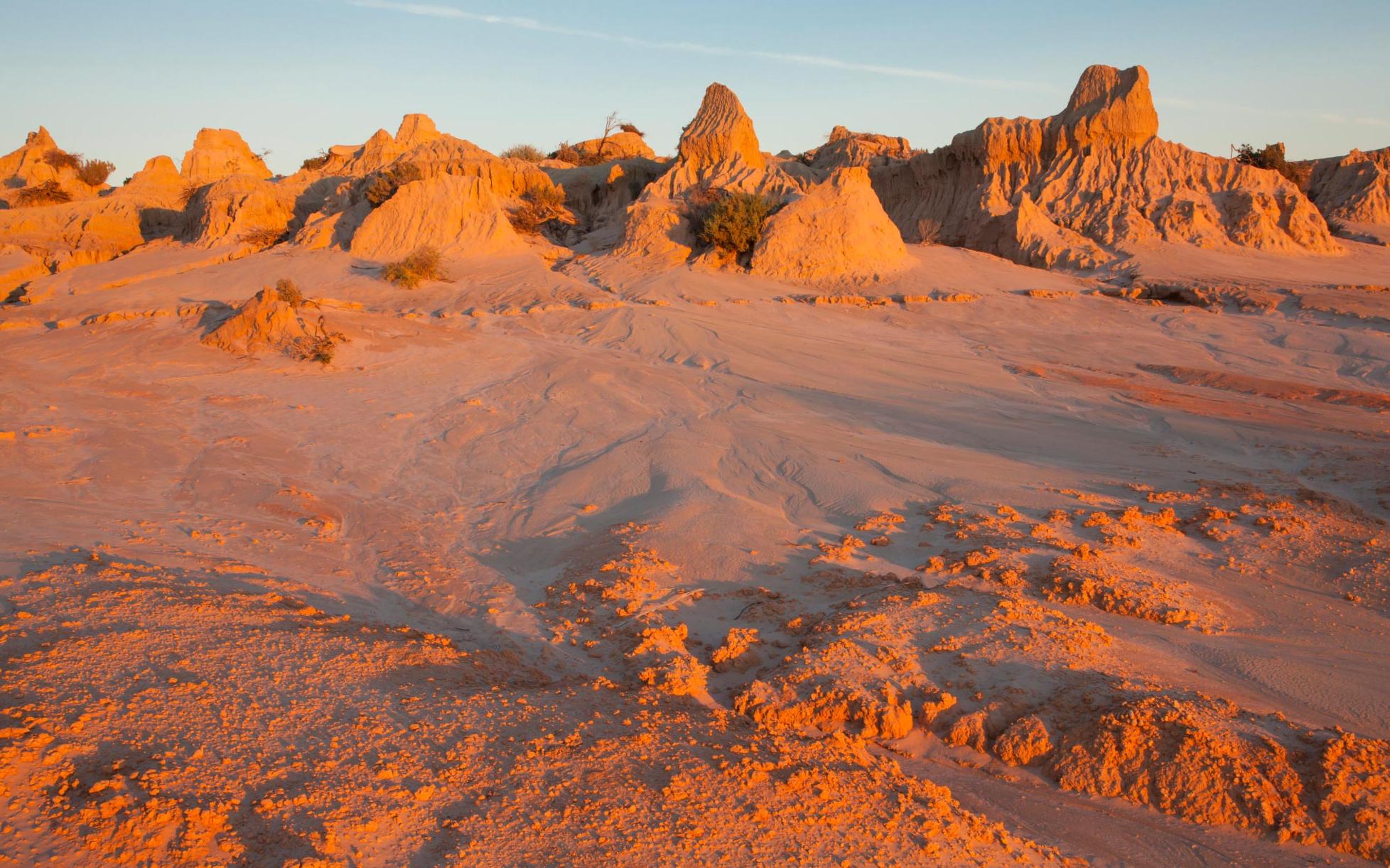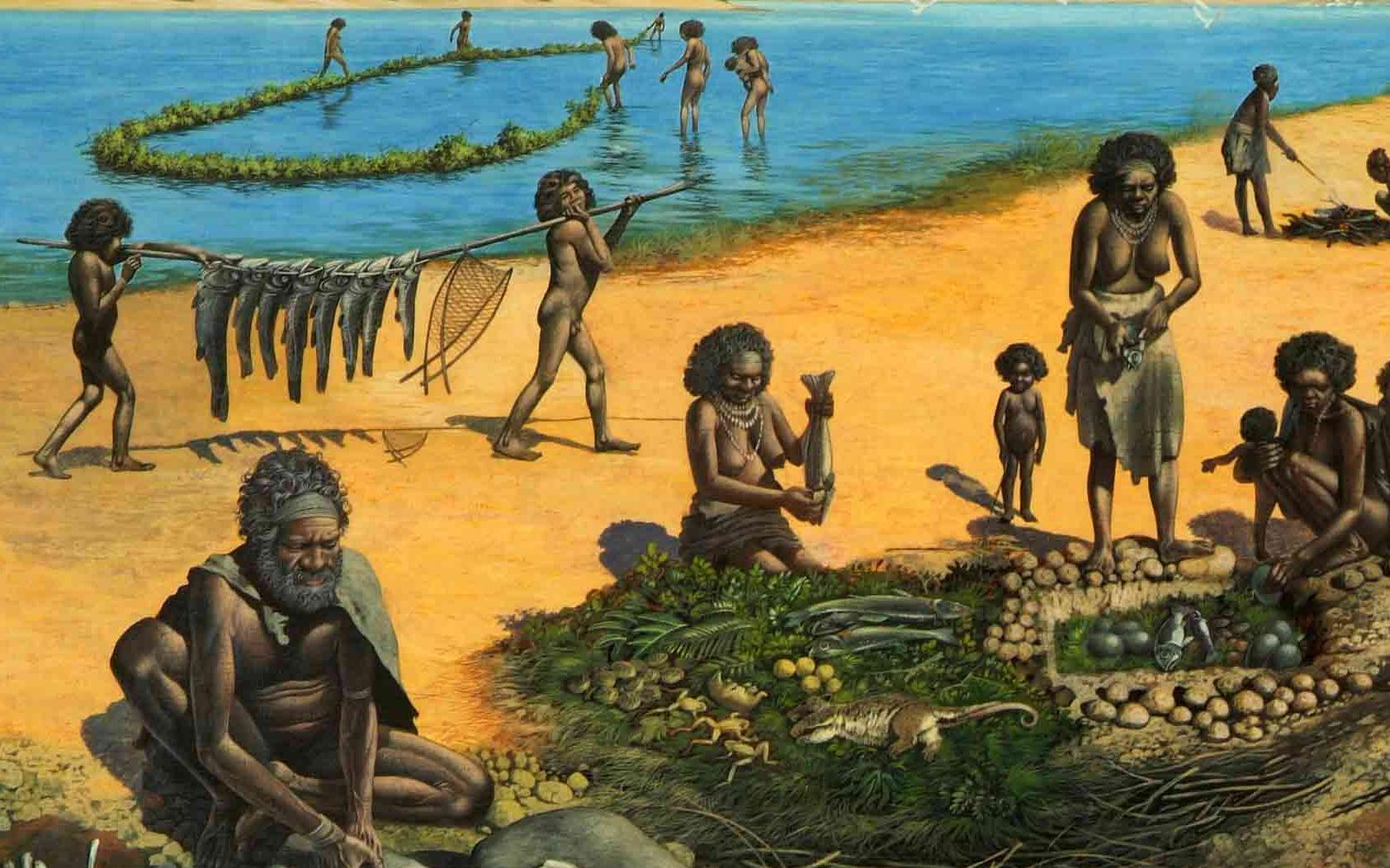Learning module:
Deep time history of Australia
Investigation 1: Finding out about Mungo Lady
1.2 Defining Moment: The discovery of Mungo Lady
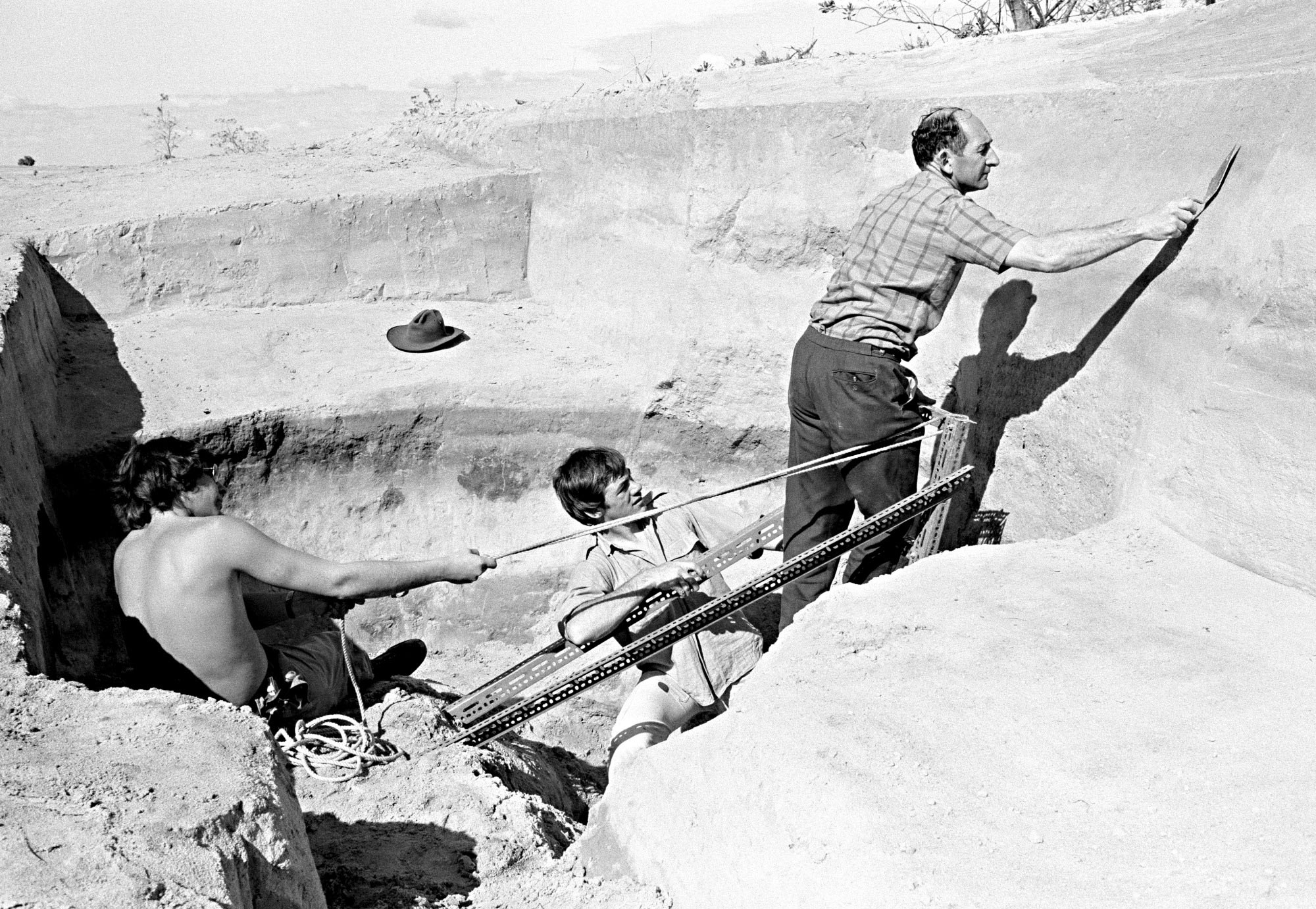
Look at the Defining Moment in Australian history: 1968 Uncovering ancient Australia — Mungo Lady found.
Read the section, ‘In a snapshot’ and answer the questions that follow.
Look at this photograph showing the way the bones were removed from the site in 1969:

5. Why do you think the man on the right is being held in place?
Read the section, ‘How did ancient Australia change over time?’ and answer the questions that follow.
Read the section, ‘What was Lake Mungo like when people first arrived?’ and answer the questions that follow.
8. How might they have arrived there? Are there other ways that they could have found the area?
10. Why might the Paakantji, Mutthi and Ngyimpaa people have close connections to the area today?
Read the section, ‘How were ancient remains discovered at Lake Mungo?’ and answer the questions that follow.
13. There is no red ochre in the area. It must have been brought in from many kilometres away. Why do you think red ochre might have been sprinkled on his body?
14. Do the burials of Mungo Lady and Mungo Man help us understand what ideas about death their communities might have had? Explain your answer.
Imagine that you have the job of deciding what objects to put on display in the National Museum of Australia. Here are two objects associated with Mungo Lady:
15. Do you think one or both of these objects should be put on display? Explain your reasons. If you think just one, which of the items would you choose?
Read the section, ‘When was Mungo Lady returned?’ and answer the questions that follow.
16. The remains of Mungo Lady were studied for many years at the Australian National University, in Canberra. Aboriginal groups local to the Lake Mungo region, the Paakantji, Mutthi Mutthi and Ngyimpaa people, wanted Mungo Lady and Mungo Man to be returned to Lake Mungo.
Here are three possible options that were considered for Mungo Lady and Mungo Man. Look at each, and decide what is the best argument for and against each possibility.
| Option 1 Keep Mungo Lady and Mungo Man at a university for further study. | Option 2 Keep Mungo Lady and Mungo Man at Lake Mungo in a special place under the care of their descendants. | Option 3 Re-bury Mungo Lady and Mungo Man in their traditional country at Lake Mungo. |
|---|---|---|
In 1992 Mungo Lady was returned to Lake Mungo. In 2017 Mungo Man was also returned to Lake Mungo.

17. In 2018 a meeting between the local Aboriginal groups — the Paakantji, Mutthi Mutthi and Ngyimpaa — was planned to begin discussions on Mungo Man’s ultimate resting place. Read this ABC article Mungo Man: What to do next with Australia’s oldest human remains? to find out more, then do some further research to try to find out what decision (if any) has been made.
Watch the Secrets of Lake Mungo video about the discovery and significance of the Lake Mungo remains:
18. Listen to Lottie Williams, Paakantji Elder, and Ricky Mitchell, Aboriginal Community Projects Coodinator talking about Mungo Lady. What do you think the discovery of her remains means to them, and to other Aboriginal people from the Lake Mungo area?






